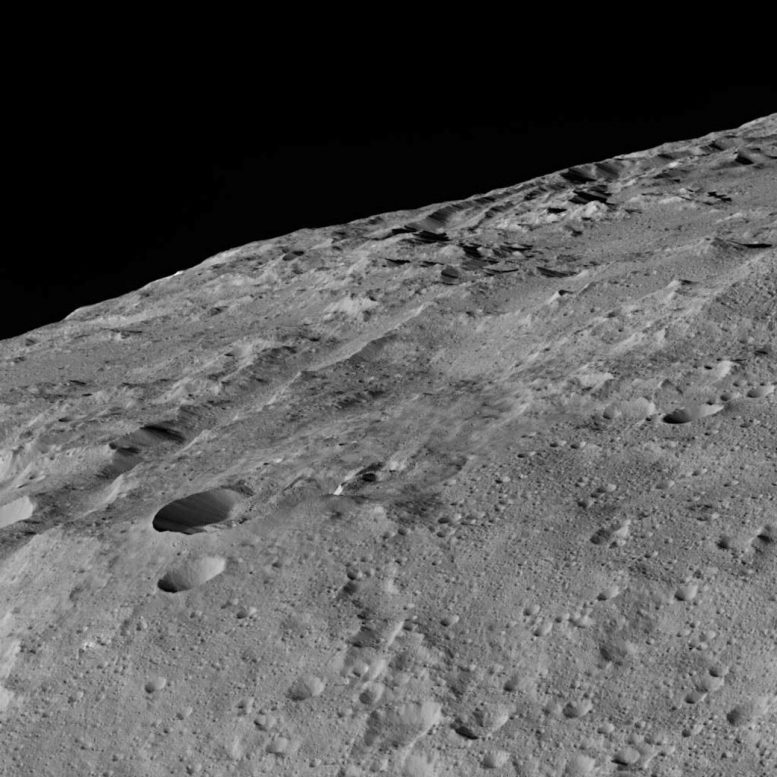
This image of Ceres was taken in Dawn’s low-altitude mapping orbit around a crater chain called Gerber Catena. Credit: NASA/JPL-Caltech/UCLA/MPS/DLR/IDA
New images from NASA’s Dawn spacecraft provide a better look at the surface of Ceres.
NASA’s Dawn spacecraft, cruising in its lowest and final orbit at dwarf planet Ceres, has delivered the first images from its best-ever viewpoint. The new images showcase details of the cratered and fractured surface. 3-D versions of two of these views are also available.
Dawn took these images of the southern hemisphere of Ceres on December 10, at an approximate altitude of 240 miles (385 kilometers), which is its lowest-ever orbital altitude. Dawn will remain at this altitude for the rest of its mission, and indefinitely afterward. The resolution of the new images is about 120 feet (35 meters) per pixel.
Among the striking views is a chain of craters called Gerber Catena, located just west of the large crater Urvara. Troughs are common on larger planetary bodies, caused by contraction, impact stresses and the loading of the crust by large mountains — Olympus Mons on Mars is one example. The fracturing found all across Ceres’ surface indicates that similar processes may have occurred there, despite its smaller size (the average diameter of Ceres is 584 miles, or 940 kilometers). Many of the troughs and grooves on Ceres were likely formed as a result of impacts, but some appear to be tectonic, reflecting internal stresses that broke the crust.
“Why they are so prominent is not yet understood, but they are probably related to the complex crustal structure of Ceres,” said Paul Schenk, a Dawn science team member at the Lunar and Planetary Institute, Houston.
- This 3-D image, best viewed with red-blue glasses, shows a portion of Ceres’ southern hemisphere.
- Dawn took this image in its low-altitude mapping orbit from an approximate distance of 240 miles (385 kilometers) from Ceres.
- This part of Ceres, near the south pole, has such long shadows because, from the perspective of this location, the sun is near the horizon.
- This view of Ceres, taken by NASA’s Dawn spacecraft on December 10, shows an area in the southern mid-latitudes of the dwarf planet.
The images were taken as part of a test of Dawn’s backup framing camera. The primary framing camera, which is essentially identical, began its imaging campaign at this lowest orbit on December 16. Both cameras are healthy.
Dawn’s other instruments also began their intense period of observations this month. The visible and infrared mapping spectrometer will help identify minerals by looking at how various wavelengths of light are reflected by the surface of Ceres. The gamma ray and neutron detector is also active. By measuring the energies and numbers of gamma rays and neutrons, two components of nuclear radiation, it will help scientists determine the abundance of some elements on Ceres.
Earlier in December, Dawn science team members revealed that the bright material found in such notable craters as Occator is consistent with salt — and proposed that a type of magnesium sulfate called hexahydrite may be present. A different group of Dawn scientists found that Ceres also contains ammoniated clays. Because ammonia is abundant in the outer solar system, this finding suggests that Ceres could have formed in the vicinity of Neptune and migrated inward, or formed in place with material that migrated in from the outer solar system.
“As we take the highest-resolution data ever from Ceres, we will continue to examine our hypotheses and uncover even more surprises about this mysterious world,” said Chris Russell, principal investigator of the Dawn mission, based at the University of California, Los Angeles.
Dawn is the first mission to visit a dwarf planet, and the first mission outside the Earth-moon system to orbit two distinct solar system targets. It orbited protoplanet Vesta for 14 months in 2011 and 2012, and arrived at Ceres on March 6, 2015.


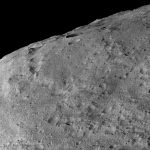
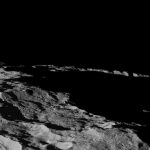
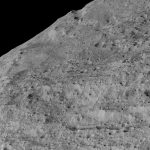
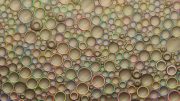

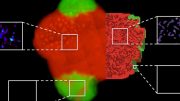

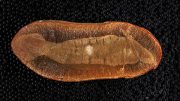
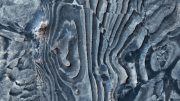

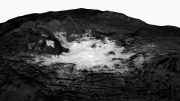
I have been trying to keep up dated with this one only and you seem to black it out these close pictures are nice why not the white spots this close they were supposed to be pictures back in July and you are showing close pictures of craters what the hell are you hiding i’m so dam tired of censored s#!t that its not Evan interesting any more you sure could f@#k up a wet dream .
this small planet as water on it and thats what that white spot is.no wonder why nassa don’t want to take a closer look.
It looks in the Dec 10 pic Dawn took that a lot of the impacts came from one direction.
Where are the close ups of Occator crater and the pyramid mountain??????
cover up
conspiracy
The way NASA seems to have clammed up on Occator once DAWN entered LAMO is pointing to a big cover up.
Fantastic!!